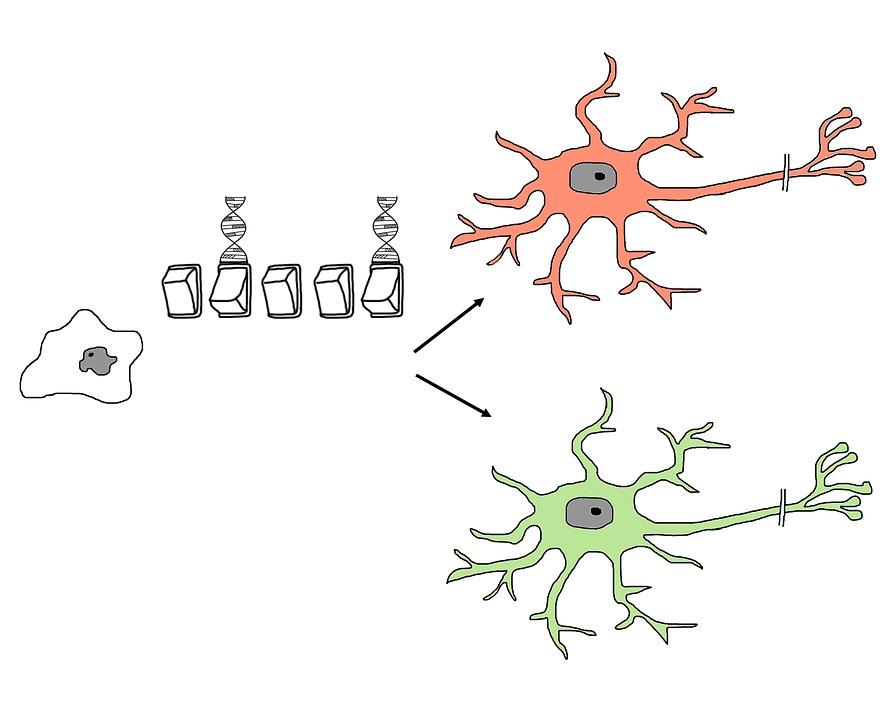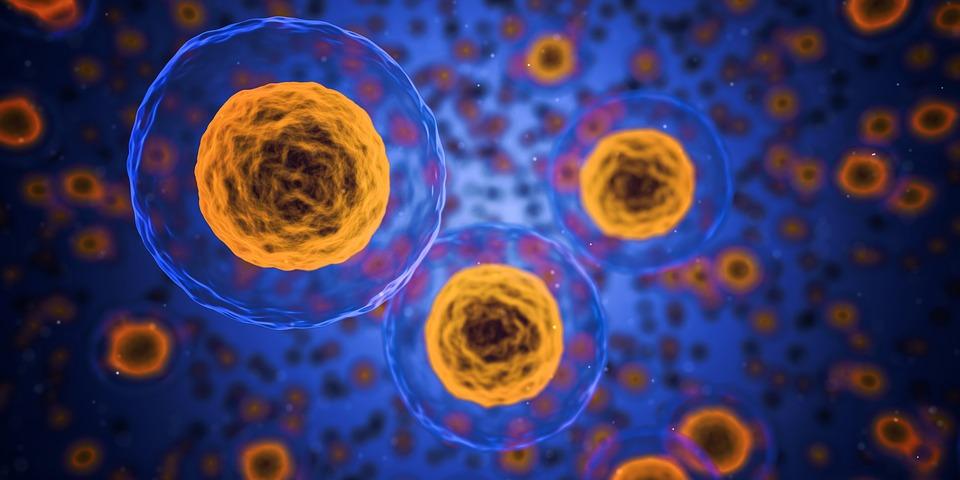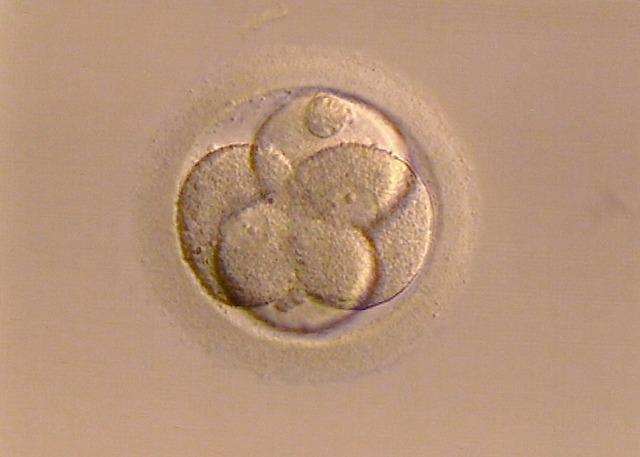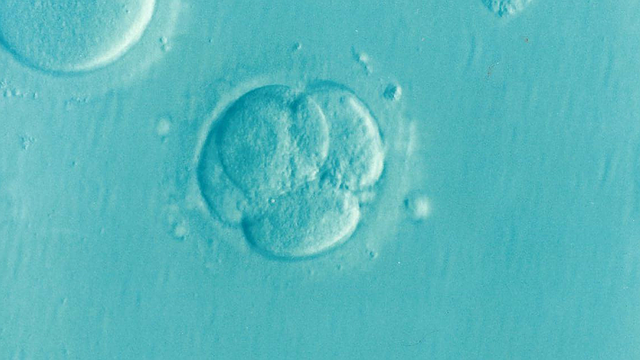CGS in the News

By David Jensen, California Stem Cell Report [cites CGS' Marcy Darnovsky] | 02.14.2018
California is counting its first royalties from a 13-year-old effort to develop stem cell cures and has declared that it...

By Pete Shanks, Medium | 02.02.2018
Let’s Not Distort Debates about Human Cloning and Heritable Gene Editing
Cloning is back in the headlines. Researchers managed to...

By Jim Kozubek, Los Angeles Review of Books [cites CGS] | 09.07.2017
TWO TRENDS are on the rise, and one is about to make the other worse.
The first is epitomized in...

By Karla Lant, Futurism [cites CGS' Marcy Darnovsky] | 08.21.2017
As the scientific community takes in the work of the team who edited the DNA of the human embryos this
...
By Rob Stein, NPR [cites CGS' Marcy Darnovsky] | 08.18.2017
From the thirteenth floor of a glass tower at the Oregon Health & Science University, you get a panoramic view...

By Alison DeNisco, Tech Republic [cites CGS' Marcy Darnovsky] | 08.15.2017
Women leave jobs at mid-career in tech at higher rates than those in other fields. It's possible that benefits like
...
By Tom Ashbrook, NPR On Point [features Marcy Darnovsky] | 08.08.2017
After the blockbuster announcement a U.S. team successfully edited human embryos come the tough medical and ethical questions. We’ll talk...

By Rachel Becker, The Verge [cites Marcy Darnovsky] | 08.05.2017
On Friday, FDA sent him a letter notifying him of his violations
The doctor who created a genetically modified “three-parent...



